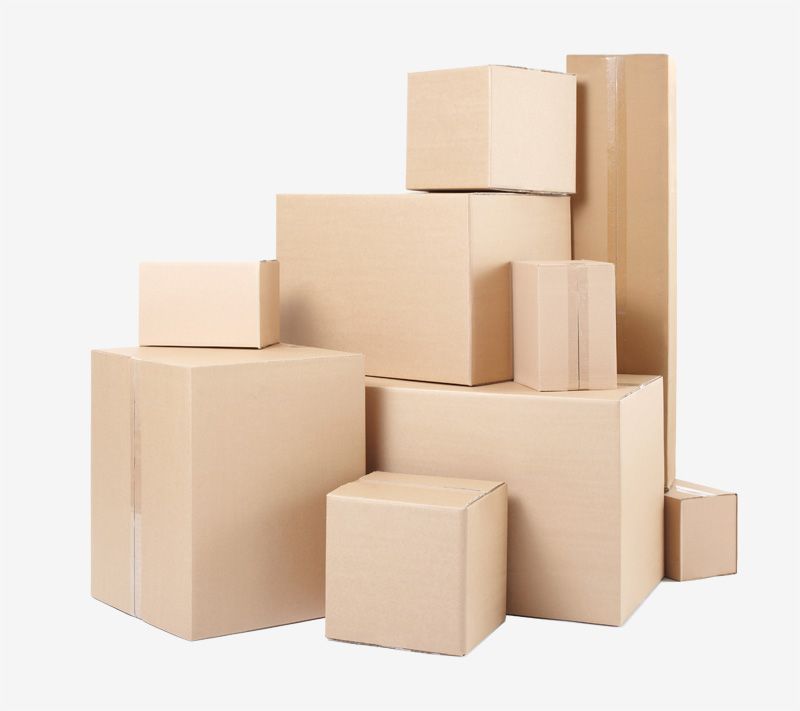How to Choose Between a Large Shipping Box and a Small Shipping Box

When it comes to shipping products, selecting the right packaging is crucial for ensuring that items arrive safely and cost-effectively. The choice between a large shipping box and a small shipping box can significantly impact shipping costs, product protection, and customer satisfaction. In this guide, we will explore the factors to consider when choosing the appropriate shipping box size, helping you make informed decisions that benefit both your business and your customers.
The Importance of Selecting the Right Shipping Box Size
Choosing between a large shipping box and a small shipping box is not just a matter of fitting the product inside. The right size box can protect the product, reduce shipping costs, and enhance the unboxing experience. On the other hand, using the wrong size box can lead to damaged goods, higher shipping fees, and a negative customer experience.
A large box is ideal for bulky items, multiple products, or fragile goods that require extra padding. However, it is important to avoid using oversized boxes for small items, as this can lead to increased shipping costs and the need for excessive filler material, which is neither cost-effective nor environmentally friendly. Comparatively, a small box is perfect for compact, lightweight items, but it must provide adequate protection during transit.
Factors to Consider When Choosing Box Size
1. Product Dimensions and Weight: The first step in selecting the appropriate box size is measuring the dimensions and weight of the product you intend to ship. For a large box, ensure that there is enough space for the product and any protective padding, such as bubble wrap or packing peanuts. For a small box, the product should fit snugly without being forced, with minimal need for additional padding.
2. Shipping Costs: Shipping costs are often calculated based on the size and weight of the package. Using a large box when it is not necessary can lead to higher dimensional weight charges, which are based on the amount of space a package occupies in relation to its actual weight. Opting for a small box can reduce these costs, but it is important not to compromise on protection. Choosing the most efficient box size helps keep shipping costs manageable while ensuring product safety.
3. Protection Needs: Consider the fragility and value of the items being shipped. A large box provides ample space for cushioning materials, which is crucial for fragile items. However, for sturdy, non-fragile items, a small box might suffice, if there is enough padding to prevent movement during transit. The key is to match the box size with the level of protection required, avoiding both over-packing and under-packing.

